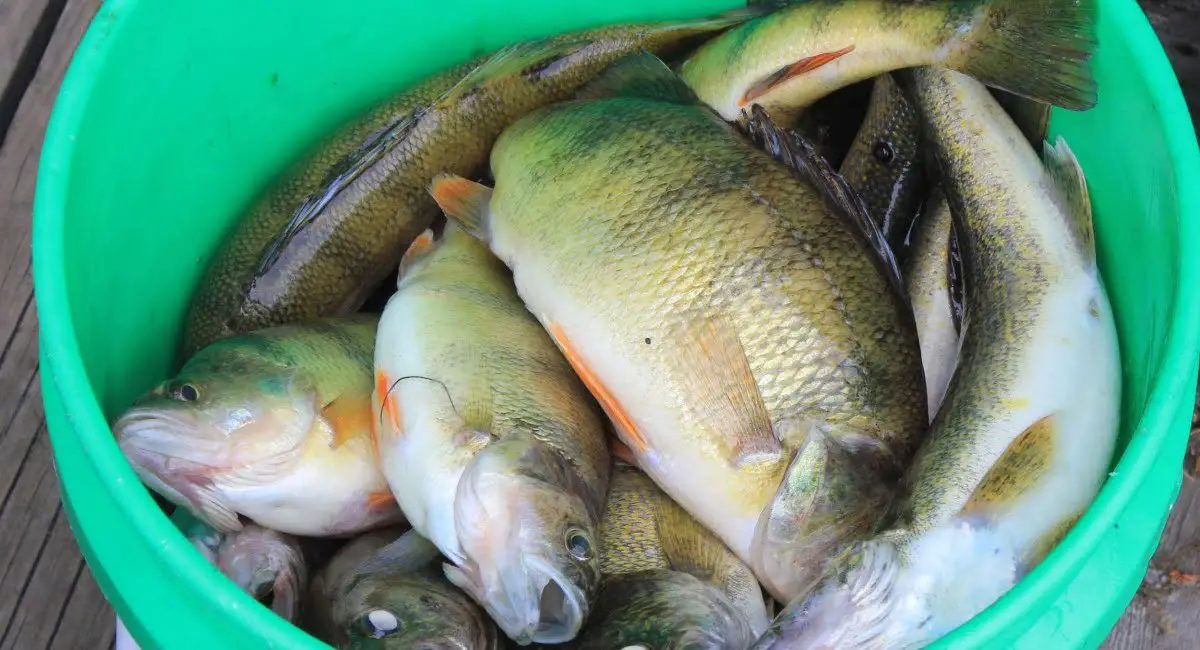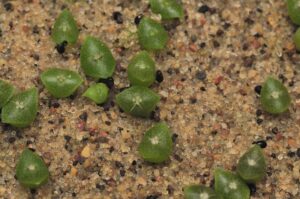Fish fertilizer is a popular choice among gardeners, known for its rich nutrient profile and natural origin. However, as with any organic product, there arises the question: does fish fertilizer go bad? Understanding the shelf life of fish fertilizer is crucial for gardeners who want to maximize the benefits while avoiding potential drawbacks. This article explores the factors affecting the longevity of fish fertilizer and how to properly store it to maintain its efficacy.
Fish fertilizer, derived from the byproducts of fish processing, is typically high in nitrogen, phosphorus, and potassium, essential nutrients for plant growth. The allure of using fish as fertilizer stems from its organic nature and the impressive nutrient density that contributes to vibrant, flourishing gardens. However, this organic material is not immune to degradation. Over time, environmental factors and storage conditions can lead to diminished potency. Here, we delve into the various elements influencing the shelf life of fish fertilizer.
It is important to recognize that fish fertilizer can vary significantly depending on its handling and formulation. Liquid fish fertilizers, for instance, are often more prone to spoilage compared to dry formulations. This difference arises from the moisture content inherent in liquid varieties, which can foster bacterial growth and accelerate decomposition. Therefore, before purchasing any fish fertilizer, paying attention to the type and the manufacturer’s recommendations regarding shelf life becomes paramount.
Several factors contribute to the degradation of fish fertilizer, including temperature, exposure to sunlight, and the presence of oxygen. When fish fertilizer is stored in unsuitable conditions, its nutrient quality can deteriorate. High temperatures can cause the organic compounds to break down more rapidly, leading to a loss of efficacy. Similarly, exposure to sunlight can catalyze chemical changes in the fertilizer, diminishing its effectiveness as a plant nutrient. Oxygen exposure can invite oxidation, further impairing the fertilizer’s quality and leading to unpleasant odors.
To prolong the life of fish fertilizer, optimal storage conditions are essential. Keeping it in a cool, dark place can significantly stave off the processes that lead to spoilage. Some gardeners prefer storing fish fertilizer in airtight containers, which can help mitigate exposure to oxygen and moisture. For those with liquid formulations, ensuring that the cap is tightly closed and that the container remains out of direct sunlight can go a long way in maintaining its integrity.
Fortunately, fish fertilizer does not have a hard expiration date but rather a spectrum of usability depending on its state and storage conditions. Liquid fish fertilizers usually have a shelf life of one to two years if stored properly. After this period, while they might not be entirely ineffective, the potency of the essential nutrients can be significantly reduced. In contrast, dry fish fertilizers can last longer, sometimes beyond two years, assuming they are kept dry and away from contaminants.
Signs that fish fertilizer has gone bad may include alterations in smell, texture, and appearance. A pungent odor, which is inherent in fish fertilizer, should not turn rancid or extremely foul after proper storage. If the fertilizer appears to have separated, developed a foul smell, or exhibits changes in color, these can serve as indicators that it is no longer optimal for use in the garden.
A critical consideration for any gardener is the idea of using expired or potentially degraded fish fertilizer. While using it may not immediately harm plants, applying fertilizer that is past its prime can lead to insufficient nutrition, resulting in stunted growth or poor yields. Therefore, it is advisable to consistently evaluate the condition of fish fertilizer before application. As such, maintaining an inventory and noting the purchase date can help keep track of its usability.
The application of fish fertilizer also hinges on the gardening approach being undertaken. Some gardening practices may require more potent nutrients than others. For example, when growing heavy feeders like tomatoes or corn, fresh fish fertilizer may yield better results. In contrast, more established plants or those with less demanding nutrient needs could benefit from older formulations, provided they exhibit no signs of spoilage.
In conclusion, the key to effectively using fish fertilizer lies in understanding its shelf life and the factors that can influence its degradation. By storing fish fertilizer in optimal conditions and being vigilant about its quality, gardeners can enhance their green endeavors while minimizing waste. Consequently, it is essential not only to appreciate the benefits of fish fertilizer but also to respect its limitations. Properly curated, fish fertilizer can serve as a remarkable ally for those looking to cultivate their gardens with nutrient-rich, environmentally friendly inputs.





Leave a Comment